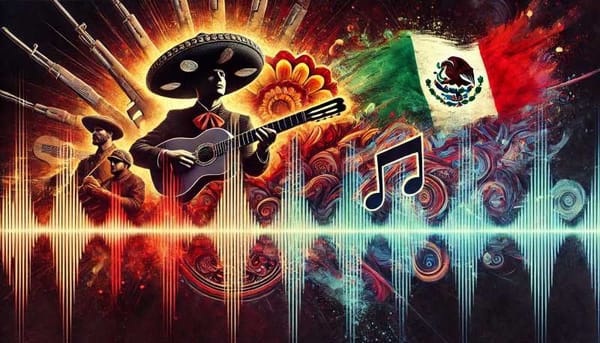The cultural heritage of humanity in Mexico
Mexico's Constitution, it defines that "cultural heritage represents what we have the right to inherit from our future generations, and that they are the pride of the current ones".

This refers to the participation of this organization in activities aimed at the preservation of those sites that, fulfilling some characteristics, are considered to be protected, not only by those who inhabit the site, but by all international associations that wish to join this program, that is, they become an inheritance of the country where they are located, but also of the other countries, hence they are entered into the Cultural Patrimony of Humanity.
The main objective of this branch of UNESCO is to preserve and safeguard the cultural heritage threatened by conflicts between nations, being our obligation to preserve them to the delight and satisfaction of current generations, remembering that everything that gives identity to a people, in the country you are in, represents your culture, your way of life, your traditions, customs and beliefs, your favorites, natural disasters, economic expansion and also, over time.
In its Constitution, it defines that "cultural heritage represents what we have the right to inherit from our future generations, and that they are the pride of the current ones".
When talking about culture, the organization has two main classifications: the material that encompasses architecture, landscapes, art, crafts, documents, that is, everything that can be transmitted physically. On the other hand, there is the intangible classification that includes, among others, the languages, the music, and its songs, its gastronomy, legends, sports, rites, traditional festivities.
To include a place, a region, a tradition to this list, they must comply with at least one of the ten criteria that the organization has determined for it.
According to the book World Heritage of UNESCO, Monuments, Art, and History, by Marco Cattaneo and Jasmina Trifoni; In the case of cities, only the first six criteria that are listed in the following list are applied:
I. Constitute a masterpiece of the creative genius of humanity.
II. To be evidence of a considerable change of tendency, during a certain period or in a specific cultural area, in the development of architecture, technology, monumental arts, planning, or the creation of landscapes.
III. Provide a unique testimony as it relates to a cultural tradition or an existing or missing civilization.
IV. Represent an eminent example of a type of construction or architectural, technological, or landscape setting that illustrates one or more significant periods in the history of mankind.
V. Build a valid reference point for a human settlement or occupation of the traditional territory, especially when it becomes vulnerable due to irreversible displacements.
SAW. Being directly or materially associated with living events or traditions, ideas, beliefs, works of art or literary, that have an exceptional universal meaning.
Based on these rigorous criteria, we have that our country has, up to now, the following:
Historical Centers of Mexico City, including Xochimilco (1987), Historic Center of Oaxaca, including the archaeological site of Monte Albán (1987), Historical Center of Puebla (1987), Pre-Hispanic City of Teotihuacán (1987), City Prehispanic and Palenque National Park, Chiapas (1987), Pre-Hispanic City of Guanajuato and adjacent mines, in Guanajuato (1988); Pre-Hispanic City of Chichén-Itzá, in Yucatán (1988); Historic Center of Morelia, Michoacán (1991); Pre-Hispanic City of El Tajín, in Veracruz (1992); Historical Center of Zacatecas, in Zacatecas (1993); Pre-Hispanic City of Uxmal, in Yucatan (1996); Historic monuments area in Querétaro, Querétaro (1996); Archaeological zone of Paquimé in Casas Grandes, Chihuahua (1998), Historical monuments area in Tlacotalpan, in Veracruz (1998); Historical fortified city of Campeche, in Campeche (1999) and archaeological monuments area of Xochicalco in the state of Morelos.




